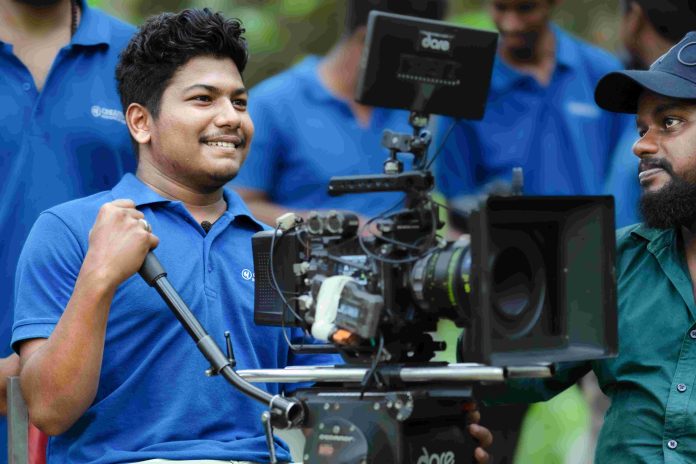In Kottayam Kodungoor, the skilled artisan Vazhoor Binu meticulously crafts Mridangams, a traditional Indian percussion instrument. The Art of Making a Mridangam begins with selecting jackfruit wood, known for its hardness and durability. Once the wood is selected, it is cut and taken to the mill. An additional inch is added to the required length to account for processing. For instance, if the desired length is 24 inches, it is cut to 25 inches. The wood is then planed, levelled, and cut into pieces before loading onto the lathe.
The bark is peeled off, and the wood is allowed to dry, but not in direct sunlight to prevent cracking. Proper air circulation is crucial during drying. This process takes about a year. Once dry, the skin is applied. The skin consists of three layers: a thick outer layer of buffalo skin, an inner layer of cow skin, and a top layer of goat skin
The black stone, known as ‘Krishna Shila,’ is applied to the surface of the Mridangam. The paste is entirely black, heat-resistant, and applied in thin layers. The final step is tuning, which involves tightening the ropes evenly on all sides to achieve the desired pitch.
The Art of Making a Mridangam with three or four pitches on the right side requires modifying the instrument with an oval-shaped hammer. For instance, a male Mridangam is typically tuned to 24 inches. To adjust for a female Mridangam, six coats are applied, and the pitch is adjusted accordingly.
Vazhoor Binu’s expertise and attention to detail ensures each Mridangam is a finely-tuned instrument, ready to produce the rich, resonant sound characteristics of this traditional Indian drum. The entire process, from selecting the wood to the final tuning, showcases the blend of traditional techniques and the artisan’s skill, resulting in a beautifully crafted Mridangam.
Copyrights: All the Videos and text in this post are copyright of Ashwin A S and Creative Hut Institute of Photography. Their reproduction, full or part, is forbidden without the explicit approval of the rightful owners.

